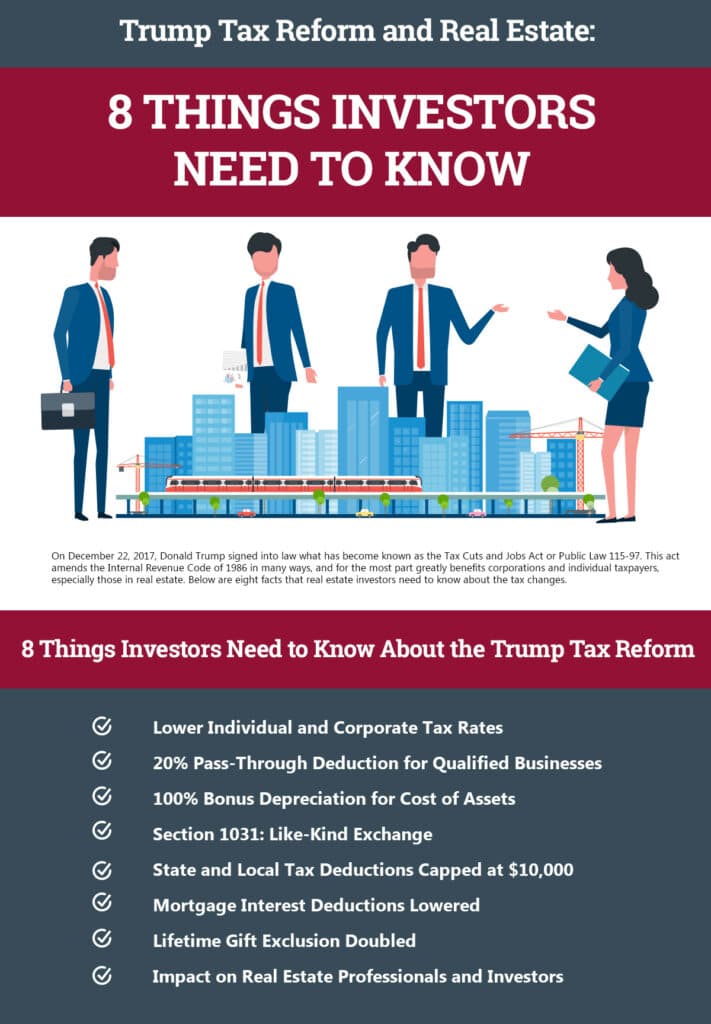Calls Grow to Raise Primary Residence Capital Gains Exclusion Amid Housing Inventory Concerns

Advocates are increasingly urging a significant increase in the long-term capital gains tax exclusion for primary residence sales, arguing that current limits contribute to a stagnant housing market. The call highlights how the existing tax structure disincentivizes homeowners from selling, thereby reducing available inventory for new families. Former President Donald Trump has reportedly expressed interest in addressing this issue.
Currently, homeowners can exclude up to $250,000 in capital gains from the sale of their primary residence, while married couples filing jointly can exclude up to $500,000. These exclusion amounts, established in 1997, have remained unchanged despite substantial home value appreciation over the past decades. To qualify, a homeowner must have owned and used the property as their main home for at least two of the five years preceding the sale.
Critics contend that these outdated limits create a "stay-put penalty," particularly for long-time and older homeowners in appreciating markets. Many homeowners, facing potential large tax bills on gains exceeding the exclusion, choose to remain in their homes longer than desired, rather than selling and downsizing or relocating. This trend is believed to significantly constrain housing supply.
Social media personality Cernovich recently amplified this sentiment, stating in a tweet, "> Trump needs to raise the long term capital gains limits for the sale of a primary residence. Not everyone wants to do a 1031 exchange, and doing that takes homes off the markets for new families. Get inventory moving. It’s time to raise the limits @realDonaldTrump!" This direct appeal underscores the perceived urgency of the matter.
While increasing or eliminating the capital gains tax on primary residence sales could unlock inventory, experts also caution about potential impacts. Some analysts suggest that such a move might disproportionately benefit wealthier homeowners and could, in some scenarios, fuel speculation, potentially exacerbating affordability issues for first-time buyers. However, proponents argue that freeing up homes is crucial for market fluidity.
Recent legislative proposals, such as the "More Homes on the Market Act," aim to double the exclusion to $500,000 for individuals and $1 million for married couples, with annual adjustments for inflation. The National Association of Realtors (NAR) supports such measures, asserting that the current policy "is steadily and quietly distorting the housing market, locking in older homeowners, and strangling inventory." Discussions around these proposals continue as policymakers seek solutions to the nation's housing challenges.